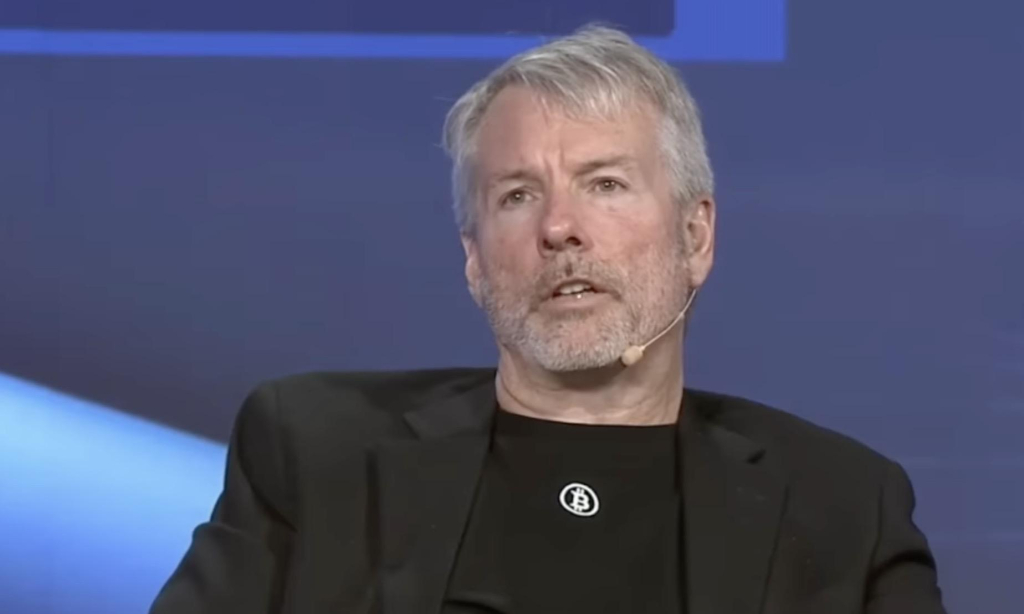July 30 saw a frenetic surge of memecoin trade activity on Coinbase's Ethereum layer-2 scaling solution, Base, marked by the bizarre spectacle of ludicrous price escalations and risks associated with traditional token scams.
Take, for instance, the "BALD" memecoin, a token seemingly inspired by Brian Armstrong, Coinbase's CEO, which recorded a stunning 289,000% price surge within its initial 14 hours of trade. Despite its lack of an official website or any discernible purpose or originator, eager traders couldn’t get enough.
As per Lookonchain's analytics data, some astute investors were able to turn a minor investment into a colossal profit. A quartet of wallet addresses exchanged a relatively insignificant amount of Ether into BALD in the very first minutes of trading. Eight hours later, the same addresses converted their BALD back into Ether, accruing over $1 million in the process.
Moreover, another memecoin, named "BASED", astonished the market with a spike exceeding a 1,000,000% surge within 20 hours, securing a fully-diluted market cap of approximately $1.39 billion. This positioned BASED— at least on paper— as more valuable than well-established blockchain networks like Aave and Optimism.
However, the world of memecoins, famed for their extreme price volatility, is not without its perils. Its frenzied environment is rife with the potential for scams and severe financial losses. For example, a developer reportedly absconded with an unknown amount of Ether from investors, promising to multiply and return it—only to vanish, leaving a trail of disgruntled investors.
This flurry of suspicious tokens has stirred warnings from seasoned traders. For example, an anonymous trader known as "Horse" advised his considerable following against making ill-advised investments driven by Fear of Missing Out (FOMO).
Trading on Base, launched for developers on July 13, is technically demanding, necessitating the transaction of ETH into a Coinbase developer contract address before being swapped for the desired token. The Base network uniquely restricts token transfers off the platform, allowing for the withdrawal of ETH only when the developers initiate a token bridge.



























Comment 0